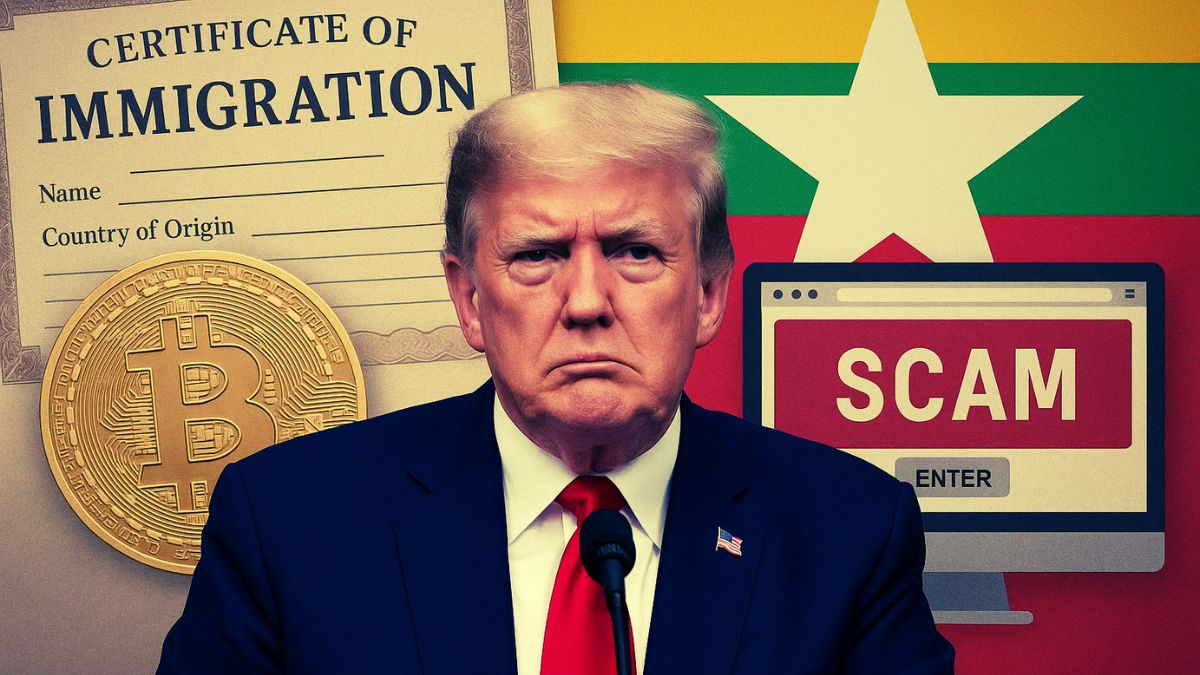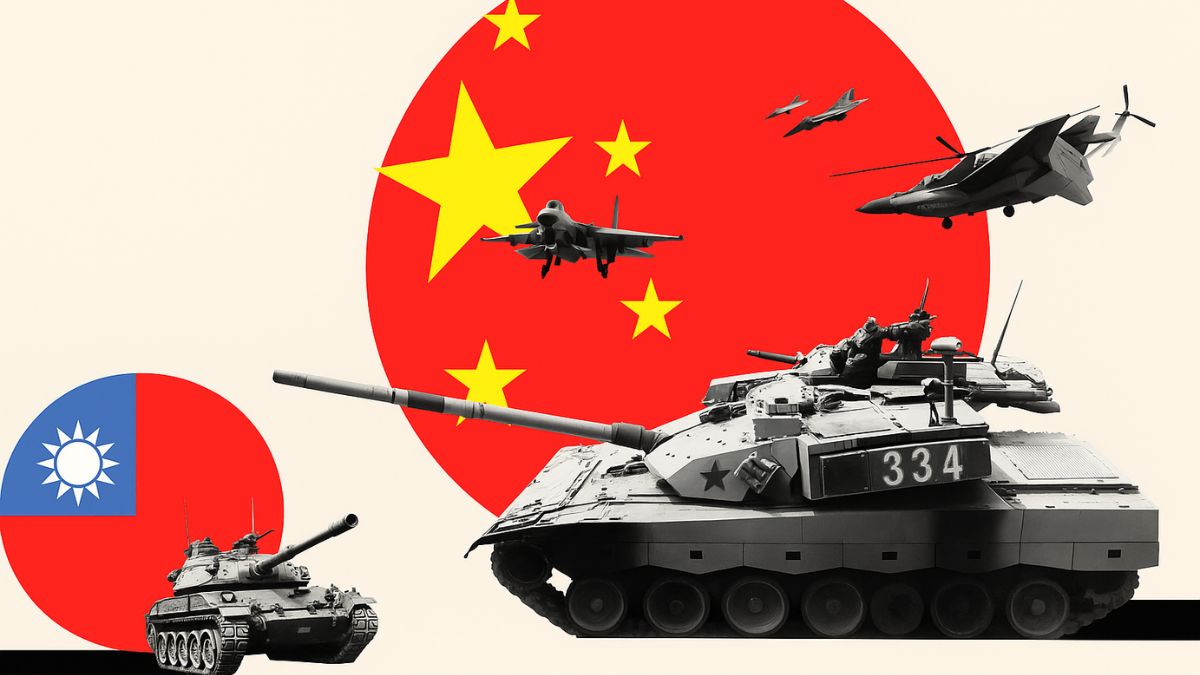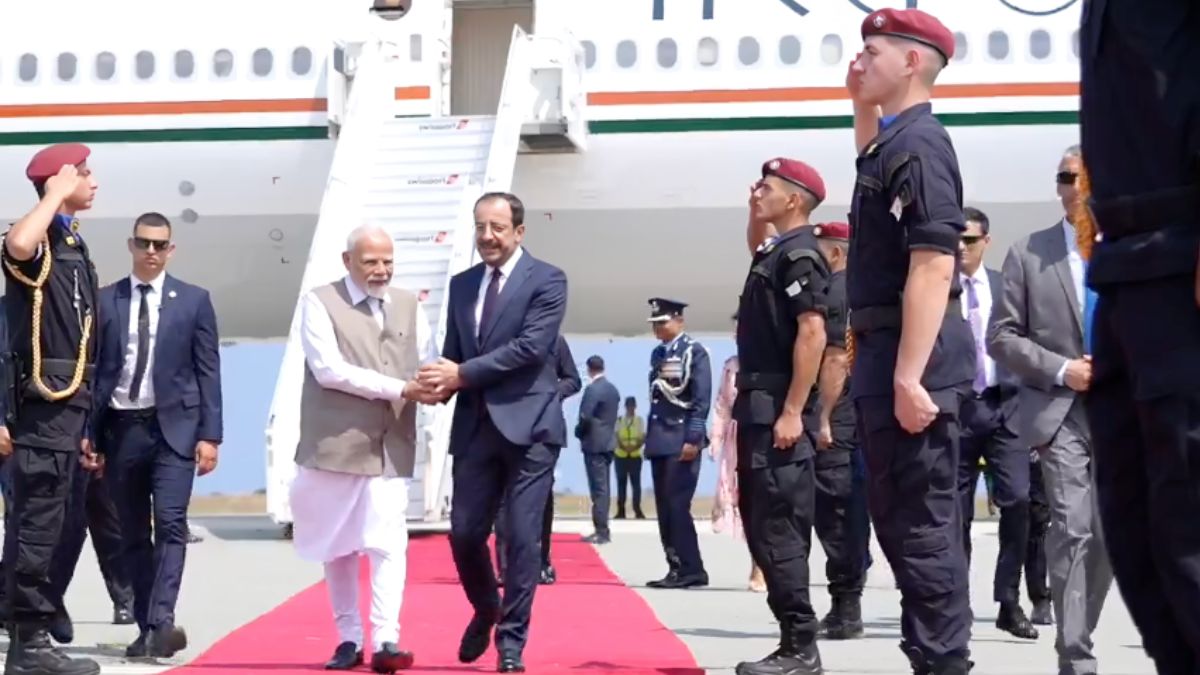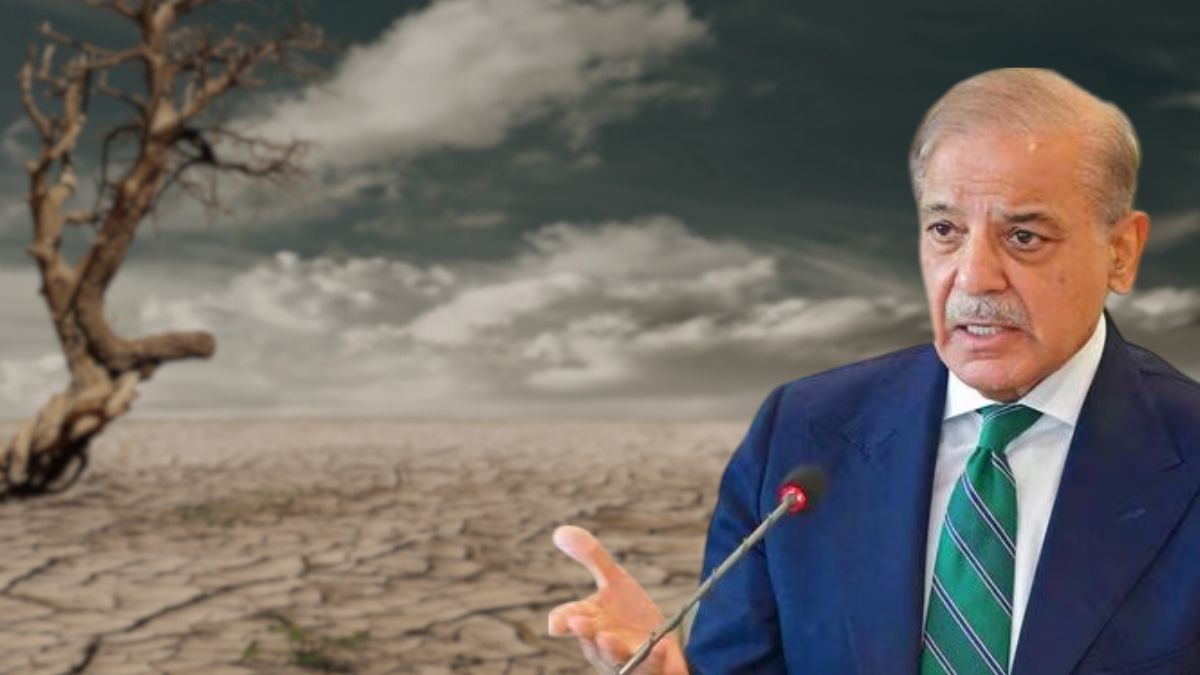‘Decided To…’ – Leaving Tariff Tensions Behind, India-US Take A Positive Step Towards Trade Deal
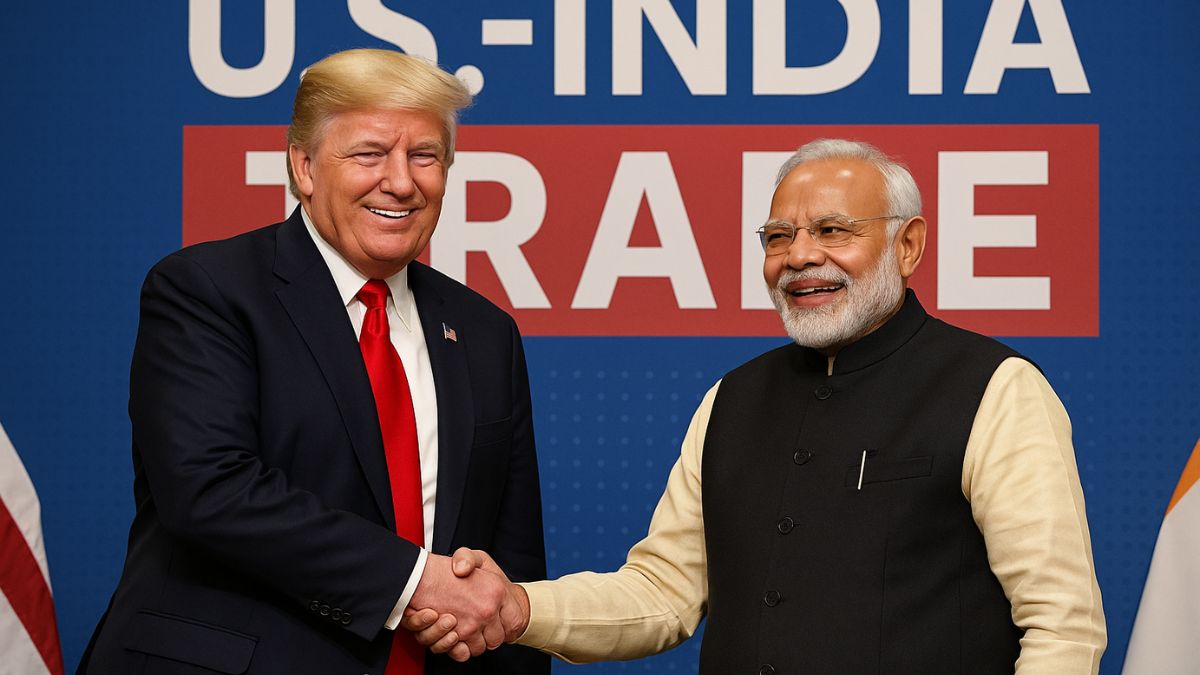
The Ministry of Commerce has described the discussions as “positive and forward looking”. Image courtesy: AI-general picture via Sora
Leaving behind the recent tariff tensions behind, India and the United States took a fresh step towards resolving their trade differences on Tuesday, September 16, 2025, when Assistant US Trade Representative Brendan Lynch led a delegation to New Delhi. This was the first in-person talks since Washington slapped steep tariffs on Indian goods.
The Ministry of Commerce described the discussions with Special Secretary Rajesh Agrawal as “positive and forward looking”, adding that both sides agreed to intensify efforts for an early conclusion of a mutually beneficial trade agreement.
India-US trade deal: Why are these talks significant?
US Trade Representative’s visit to New Delhi comes around a month the planned visit of a team from the United States was cancelled, in view of the tariff war. A team from the United States was scheduled to visit India from August 25 to 29 to conduct discussions on a trade deal agreement. The planned visit was, however, cancelled.
During its India visit, the US team was to carry forward negotiations on the bilateral trade agreement, which is gaining all the highlight now in view of US President Donald Trump’s announcement of a fresh 25% levy on Indian goods over Russian oil imports, in addition to the 25% tariffs he had imposed before.
This latest round of dialogue on September 16, 2025, marks the resumption of stalled negotiations on the India–US Bilateral Trade Agreement (BTA).
Trump’s tariffs on India: How they have strained ties?
US President Trump’s decision to impose 50% tariffs on Indian goods, including a 25% penalty tied to Russian oil transactions, remains the sharpest point of friction. For India, which depends heavily on energy imports, the penalties complicated its balancing act between strategic partnerships and energy security.
For the US, the move was justified under national security grounds but drew criticism for undermining a growing trade partnership.
What’s the new mood in Washington?
In a surprising shift, Trump has recently adopted a more conciliatory tone towards New Delhi, signaling that tariff rollbacks could be on the table. This comes as Ukrainian President Volodymyr Zelensky has urged Washington to clamp down harder on countries importing Russian oil, including India.
New Delhi, however, has held firm on its energy security stance, even while signaling willingness to work with the US on broader trade issues. PM Narendra Modi has welcomed Washington’s softened posture, describing India–US trade as “an enduring pillar of the bilateral relationship”.
Officials said the Delhi talks addressed tariff disputes, market access, and mechanisms to stabilize trade flows. Both sides have also held weekly virtual discussions since August, building momentum towards an agreement.
What lies ahead for India-US trade deal?
Negotiators are expected to fast-track talks in the coming weeks, with the next round likely before the end of the year. Whether the two sides can bridge differences on tariffs, particularly the penalties linked to Russian oil, remains the central question. But for now, both capitals appear intent on resetting the narrative from confrontation to cooperation.


